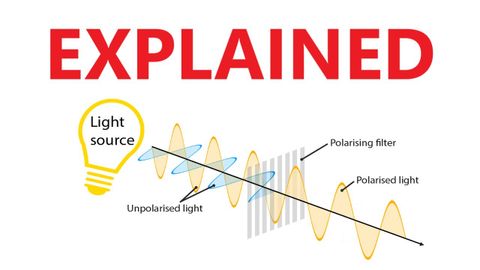Aレベル物理学偏光とは? (A Level Physics: What is polarisation?)
kevin が 2024 年 10 月 02 日 に投稿  この条件に一致する単語はありません
この条件に一致する単語はありませんUS /ɪˈsenʃəli/
・
UK /ɪˈsenʃəli/
US /ˈmʌltəpəl/
・
UK /ˈmʌltɪpl/
- adj.複数の;多様な;多発性の;多重の
- n. (c.)倍数;多数;倍率
- pron.多数
US /ˈɪnstəns/
・
UK /'ɪnstəns/
- n. (c./u.)例;発生;インスタンス
- v.t.例に挙げる
- phr.要請で
US /ɪˈmædʒɪn/
・
UK /ɪ'mædʒɪn/
エネルギーを使用
すべての単語を解除
発音・解説・フィルター機能を解除
